While good sushi can be a masterclass in balance and precision, the bad kind cuts corners—and sometimes, your stomach pays the price. If you’ve ever wondered how to spot the difference before you order, this guide breaks it down. Here are some practical signs that your sushi might be poorly handled, low quality, or even unsafe.
Fish Smells Fishy

Credit: Getty Images
Fresh, high-quality sushi fish should barely have any scent—maybe a clean, briny breeze, but never a full-blown stink. Pungent odor usually means bacterial growth or poorly stored seafood. Sushi-grade fish is flash-frozen right after catching it to keep it safe and odor-free.
Dull or Discolored Fish
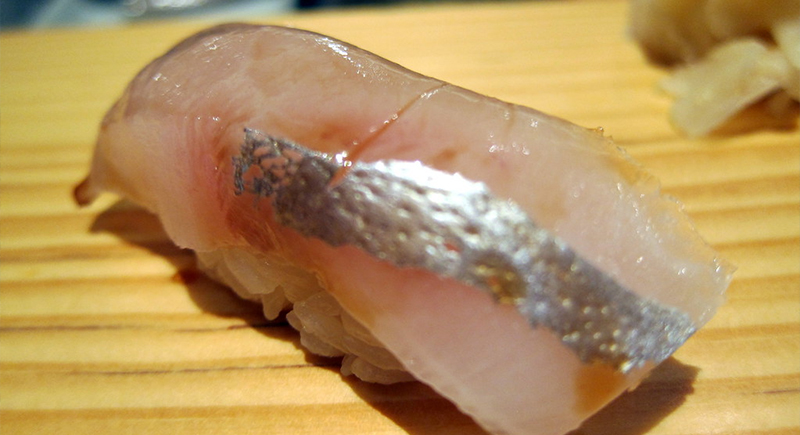
Credit: flickr
Tuna that's brown or gray or salmon that's faded or spotty usually signals oxidation or poor storage. Sushi-grade fish is carefully handled to keep it vibrant, moist, and glossy. According to seafood safety guidelines, discoloration means degradation, and degradation means potential pathogens.
Sticky or Mushy Texture
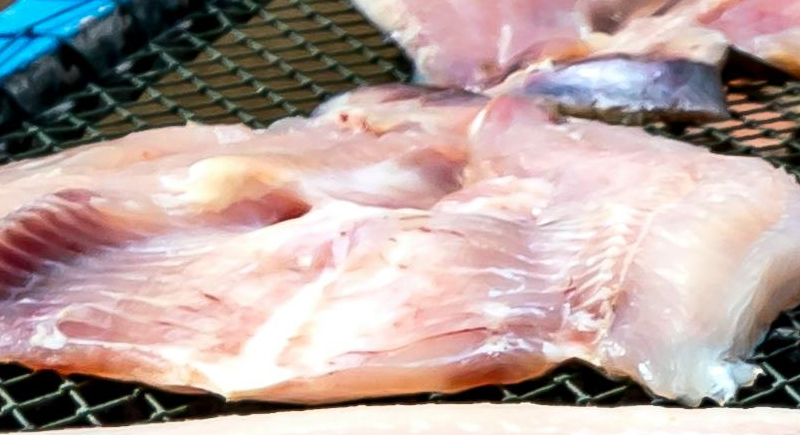
Credit: pexels
Good sushi has a smooth, firm bite that melts in your mouth. A mushy or gluey texture is often a sign the fish has been frozen and thawed too many times, and the cell structure is damaged. That softness may also mean bacterial growth is already in motion.
Warm Rice
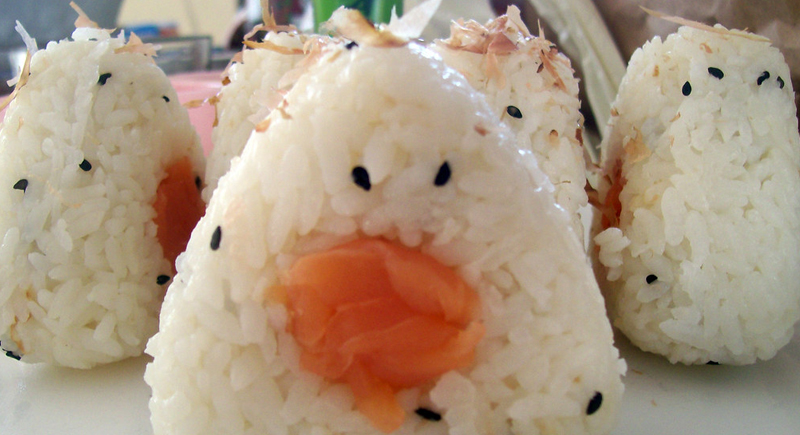
Credit: flickr
Warm rice might sound cozy, but it turns into a petri dish when paired with raw fish. When too warm, rice speeds up bacterial growth, especially in tuna and salmon. On top of safety, it throws off the balance of flavor and texture.
Clumpy or Dry Rice
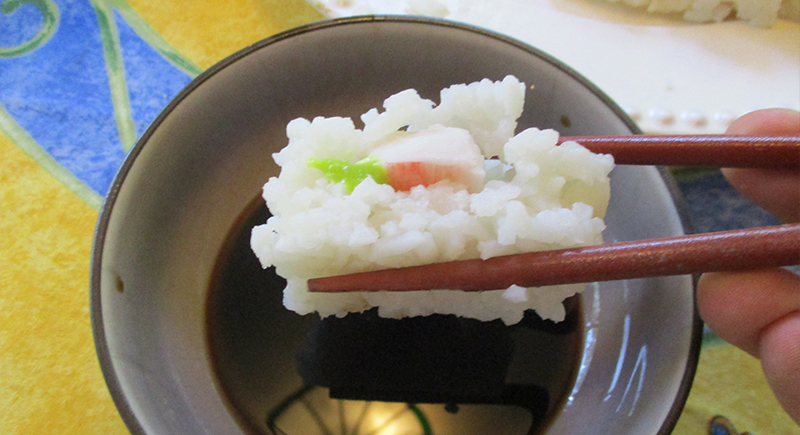
Credit: Wikimedia Commons
You can tell a lot from the rice. Sushi chefs spend years perfecting that balance—fluffy but firm, sticky but never gummy. If you're dealing with rice that's hard, dry, or crumbling apart, it's not fresh. What’s worse is that clumped rice often means the rolls were prepped hours ago and left to sit.
Soggy Seaweed
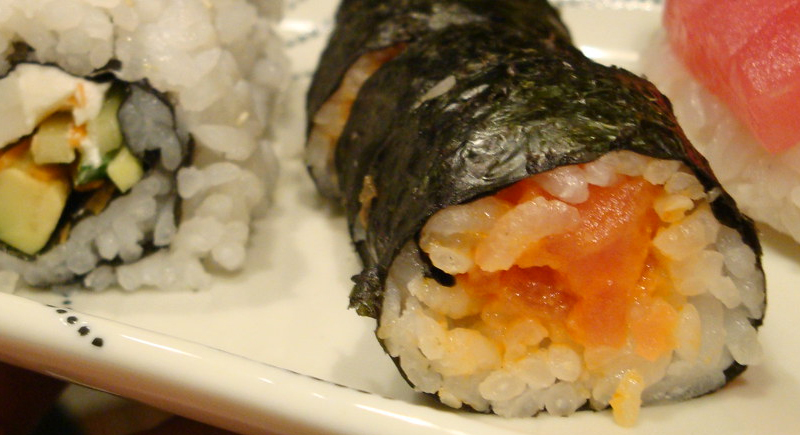
Credit: flickr
Nori should crunch like a chip when it meets your bite. When it turns soggy, chewy, or rubbery, it means your roll's been sitting out too long or wasn't wrapped properly. Seaweed naturally absorbs moisture from the rice and air, so timing is everything.
Oversized Rolls
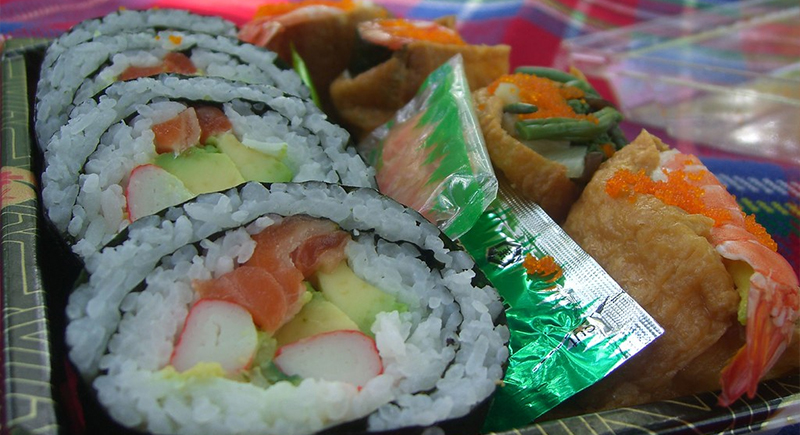
Credit: flickr
Bigger doesn't mean better—especially in sushi. Rolls stuffed like burritos with everything usually scream "compensation." Traditional rolls are bite-sized for a reason: they have balanced flavors, a clean presentation, and are easy to eat.
Too Much Sauce
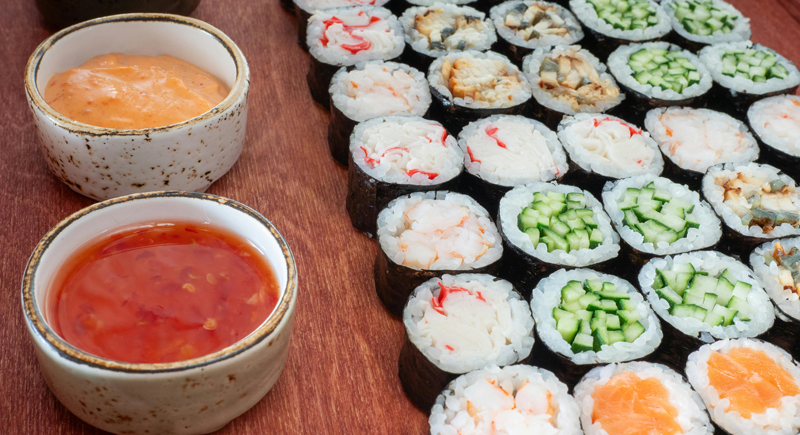
Credit: pexels
The sauce can be a treat, but something's off when your roll is drowning in spicy mayo or eel sauce. Heavy sauces are often used to cover up bland fish or dry rice. Great sushi shines with minimal seasoning. You should taste the fish first, not a mouthful of Sriracha sugar bomb.
Unrefrigerated Display Cases
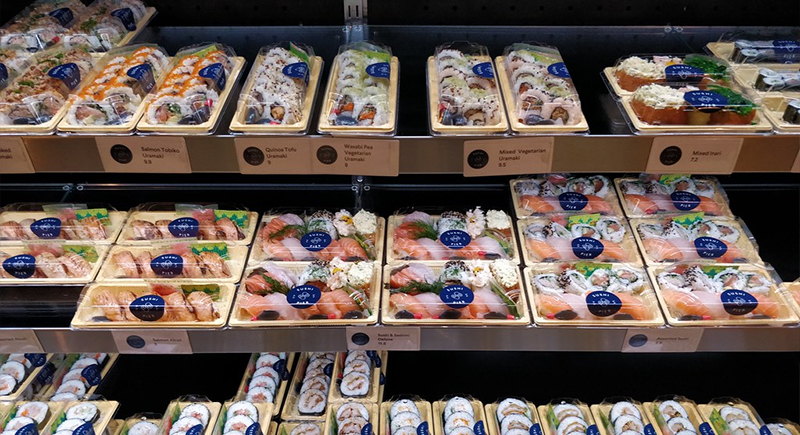
Credit: flickr
Sushi and room temp are a terrible match. Raw fish should be kept at or below 40°F to prevent bacterial growth. If your sushi chills out in an open case, it's skating into dangerous territory. Even those revolving belt displays can get dicey if proper cooling isn't maintained.
Dirty or Smelly Restaurant
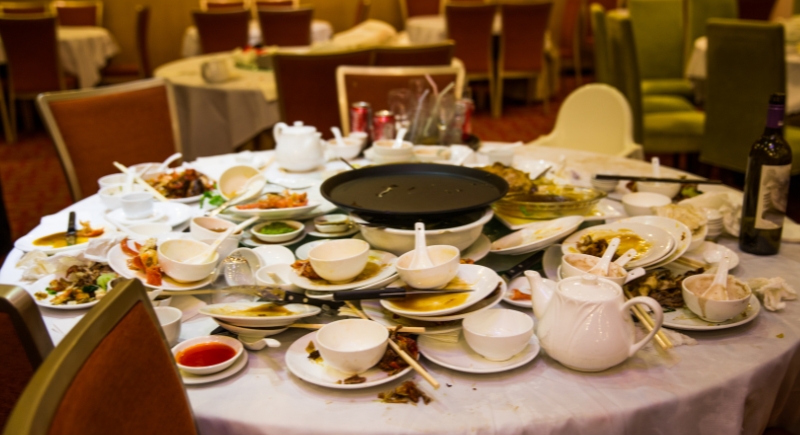
Credit: Getty Images
If the front of the restaurant is grimy, odds are the kitchen is worse. Smells of bleach or fishy funk in the air are not great signs, either. Sushi requires pristine prep conditions, including sharp knives, sterile surfaces, and careful handling.
Frozen Fish Not Labeled as Such
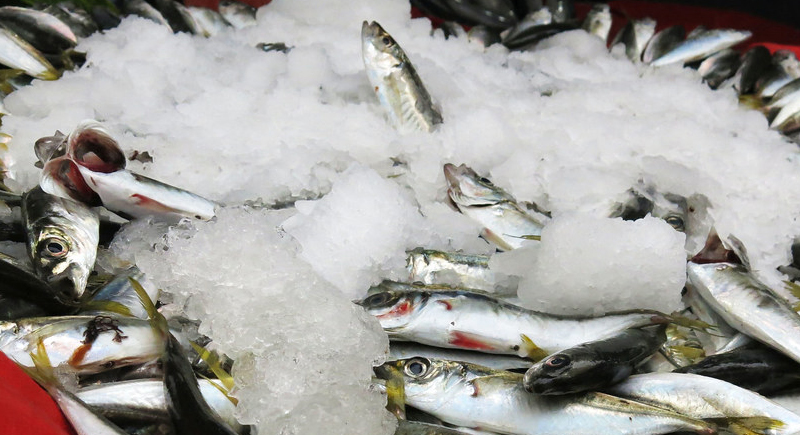
Credit: flickr
It's generally considered to be problematic if there's no clear labeling or the staff gets cagey when asked. Transparent sushi bars proudly display their sourcing and prep methods. If you're left guessing where that salmon's been, it probably traveled further and longer than your Uber to get there.
Low Prices That Seem Too Good

Credit: Wikimedia Commons
A $2 tuna roll might look tempting, but good fish doesn’t come cheap. High-quality, sushi-grade tuna can cost $25–$40 per pound wholesale. If you're paying less than fast food prices, corners are being cut. Discount sushi often uses lower-grade fish, sketchy suppliers, or frozen stock well past its best.
No Sushi Chef in Sight
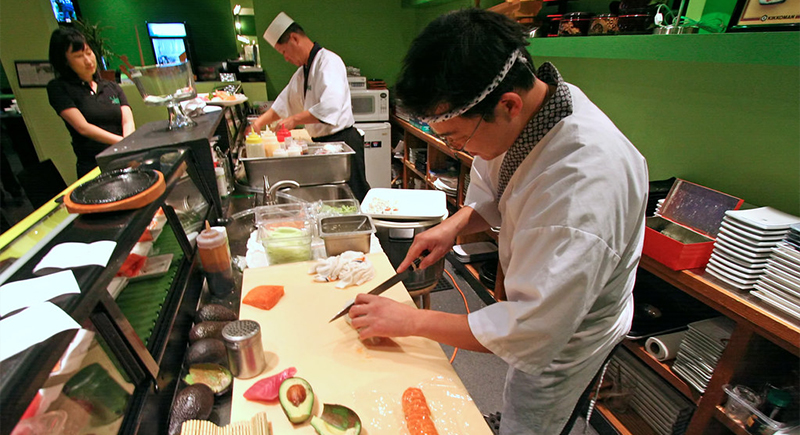
Credit: flickr
A sushi counter without a visible chef is like a pizza place with no oven. Sushi is a craft, and watching it prepared in real time is part of the experience and safety. A hidden kitchen might mean rolls are pre-made and refrigerated, or even assembled in batches with little oversight.
No Health Grade Posted

Credit: flickr
Restaurants in most U.S. cities are legally required to post their latest health inspection score. If you don't see one—or it's conveniently "in the back"—you have to wonder why. Health departments check for raw food handling, cross-contamination, cold storage, and pest control. With sushi, every one of those matters.
You Feel Sick After Eating There

Credit: Getty Images
Your body keeps the receipts. If a sushi spot left you feeling bloated, dizzy, or making emergency bathroom runs the last time you ate there, believe your gut. Foodborne illnesses from sushi often strike within 6–24 hours and include symptoms like nausea, cramps, and diarrhea.





